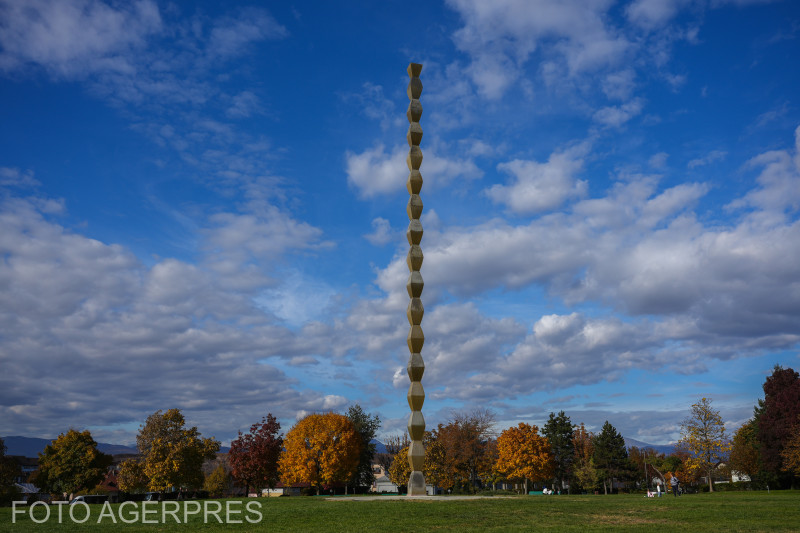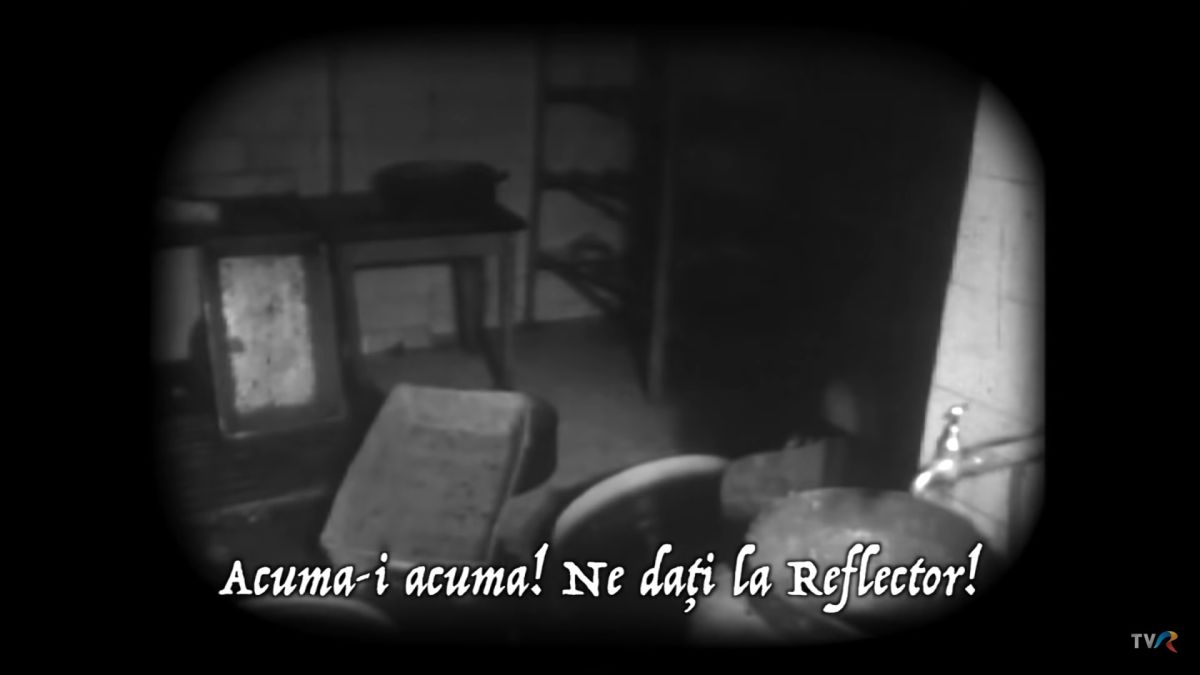Restored Romanian monuments in Bessarabia
Ever since 1991, civic organizations from the Republic of Moldova have been trying to tell the public about the atrocities committed during the Soviet era.

Steliu Lambru, 19.08.2024, 14:00
On March 27, 1918, Bessarabia, stretching between rivers Prut and Dniester, united with Romania after it had been annexed by Russia in 1812 following the Russo-Ottoman war. Thus, after more than 100 years, a territorial theft that had torn Bessarabia from its state tradition, was being repaired. The Russian occupation of Bessarabia meant, especially after 1830, a policy of promoting Russians in an area of conflict with the Ottoman Empire. After 22 years, in June 1940, following the agreement between Hitler and Stalin in the summer of 1939, the Soviet Union annexed Bessarabia. In 1941, Romania would liberate it and by 1944 the life of the Bessarabians would resume its natural course.
But at the end of World War II, that started in 1944, the Soviet Union would reoccupy Bessarabia, as well as the entire Central and Eastern Europe, and would impose regimes copied after its own image. Between 1945 and 1989, Soviet brutality was unleashed on the inhabitants of Bessarabia in all imaginable forms: deportations to camps and prisons, population transfers, Stalinist education, other systematic violations of fundamental human rights and freedoms. The extensive process of sovietization meant the creation of the new Soviet man by forgetting one’s origins and erasing the memory of past deeds.
Romania was the main enemy used in the sovietization process of Bessarabia. The phrase “Romanian fascists” was present in every reference to the area west of the Prut river. Among the first victims of sovietization were the public monuments that expressed the will and feelings of the Bessarabian population representing the adherence of most Bessarabian Romanians to their identity as citizens of the Kingdom of Greater Romania. Statues and symbols of personalities of the Romanian history and culture were demolished, destroyed and replaced with statues and symbols of the Soviet occupier. The Soviet monuments expressed strength and aggression to the highest degree, as were some monuments represented by tanks with guns pointing west, towards Romania.
However, as of 1991, when the Soviet Union, a true evil empire as the American President Ronald Reagan called it, collapsed, the Republic of Moldova became independent. Since then, Bessarabians are searching for their origins and are trying to return to the forms of identity of their parents and grandparents. One of the steps taken in this regard is the removal of Soviet monuments and the relocation of monuments from the times when Bessarabia was part of Romania. An exhibition of 28 restored Romanian monuments of Romanian sovereigns, heroes, soldiers and clerics, but also of contemporary cultural personalities such as the singers Doina and Ion Aldea Teodorovici, was inaugurated in Bucharest. The exhibition was also attended by Iuliana Gorea-Costin, the ambassador of the Republic of Moldova in Bucharest.
Iuliana Gorea-Costin: “On the left of the Prut River, the war between light and dark is quite intense and a permanent battle is actually under way for the affirmation of our identity. It is a battle for history, for the Romanian language and literature. The square of the Great National Assembly has been occupied even for months on end. Being at the crossroads of civilizations, we, those within the same nation, need to know each other better. And at the same time, we must join our efforts to survive in this space as wise people.”
Ever since 1991, civic organizations from the Republic of Moldova have undertaken actions to replace the original Romanian monuments and monuments to tell the public about the atrocities committed during the Soviet barbarism. For example, a monument relocated and consecrated in 2016, a copy of the one from the interwar period, is the “Monument of the Three Martyrs” in the capital Chisinau. It is dedicated to fighters for national identity such as the priest and writer Alexei Mateevici (1888-1917), the lawyer, journalist and singer Simion Murafa (1887-1917) and the topographic engineer Andrei Hodorogea (1878-1917). The three died in the terrible year 1917, Mateevici, 29 years old, killed by typhus, and friends Murafa, 30, and Hodorogea, 39, killed by a gang of Bolshevik criminals.
After the war, the Bessarabian politician Pantelimon Halippa established a committee to erect monuments to all Unionist fighters, the three being among them. In 1923, the monument erected in memory of Mateevici, Murafa and Hodorogea was inaugurated at the initiative of the “Tombs of Fallen Heroes” Society, attended also by the French general Henri Berthelot. The three-meter high monument was crowned with the coat of arms of Romania, between an oak and a laurel branch, made of bronze. The monument was 4.35 meters long and 1.92 meters wide at the base. On the eve of the annexation of Bessarabia, in June 1940, the Romanian army detached the bas-reliefs with the faces of Alexei Mateevici and Simon Murafa and sent them to Bucharest. In 1962, the rest of the monument and the bell tower in front of the “Nativity” cathedral where it was located were blown up by the Soviet army. (EE)






























